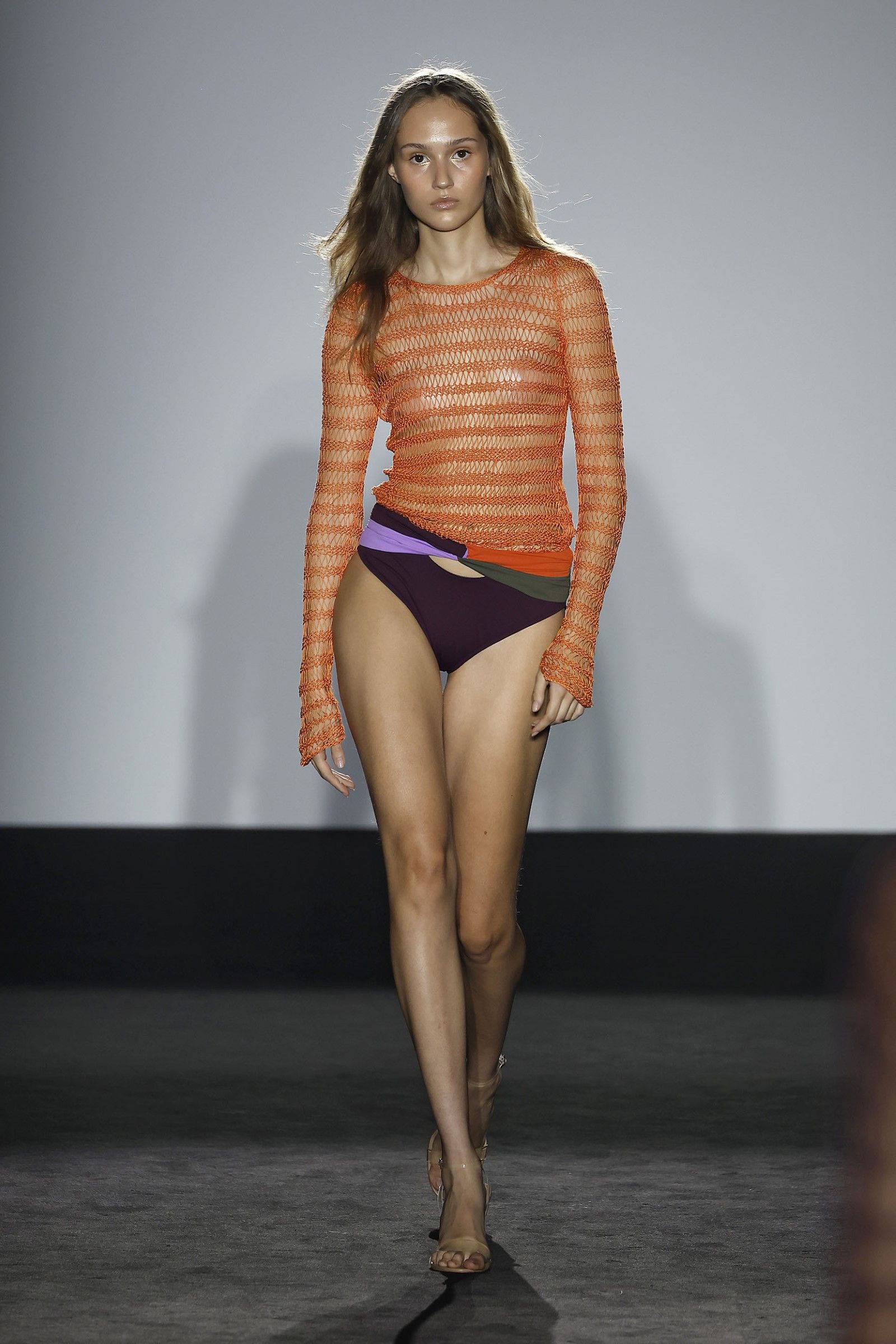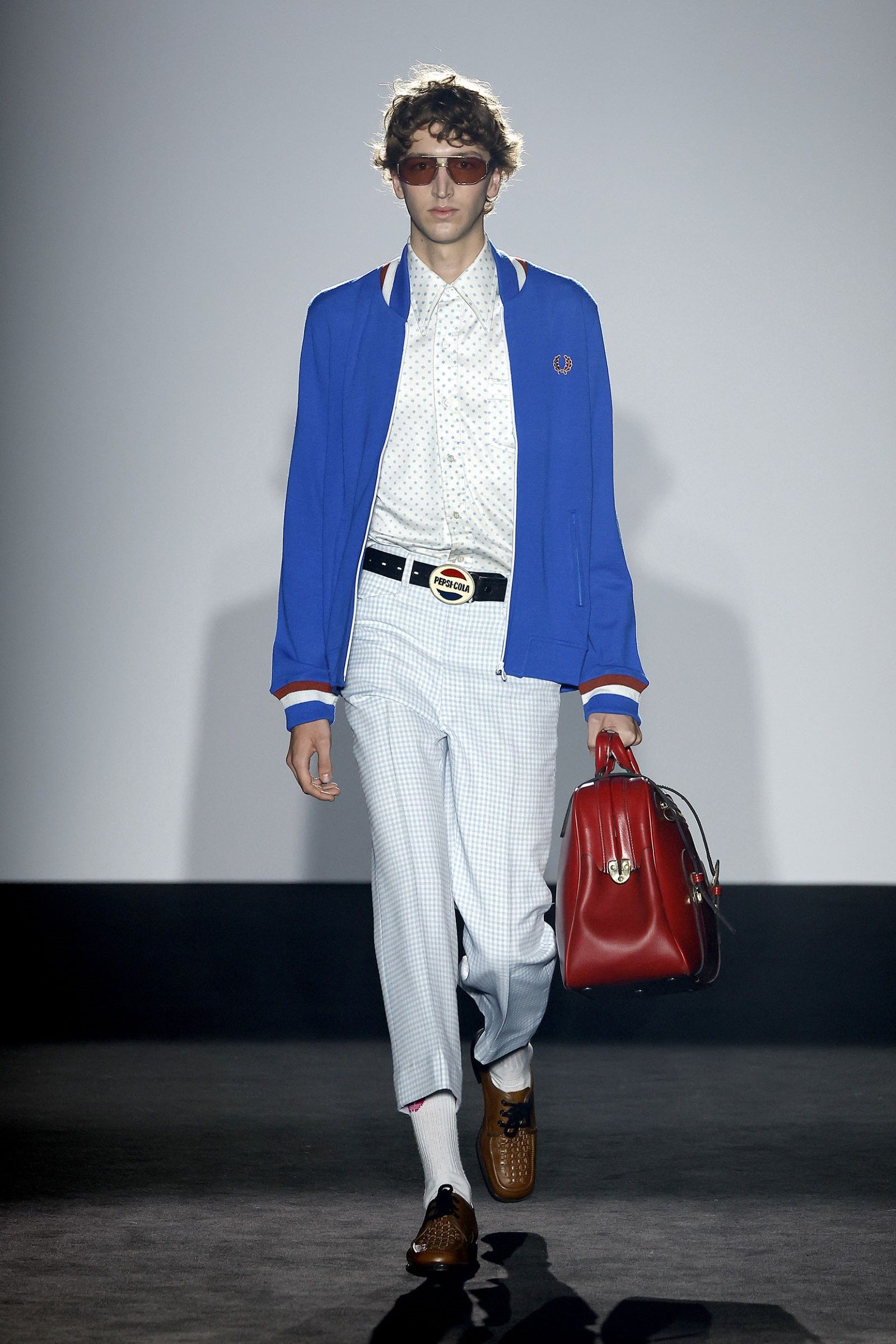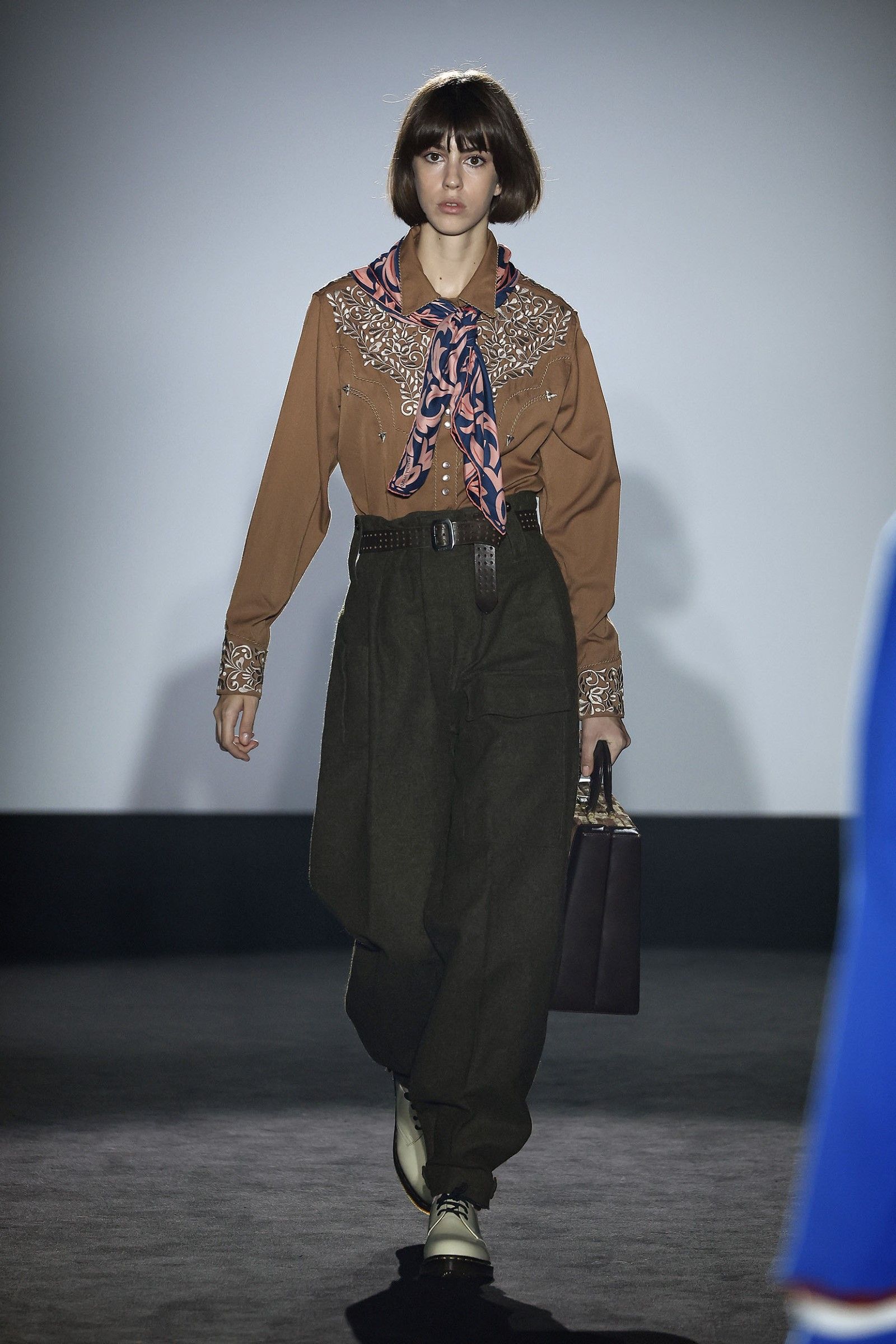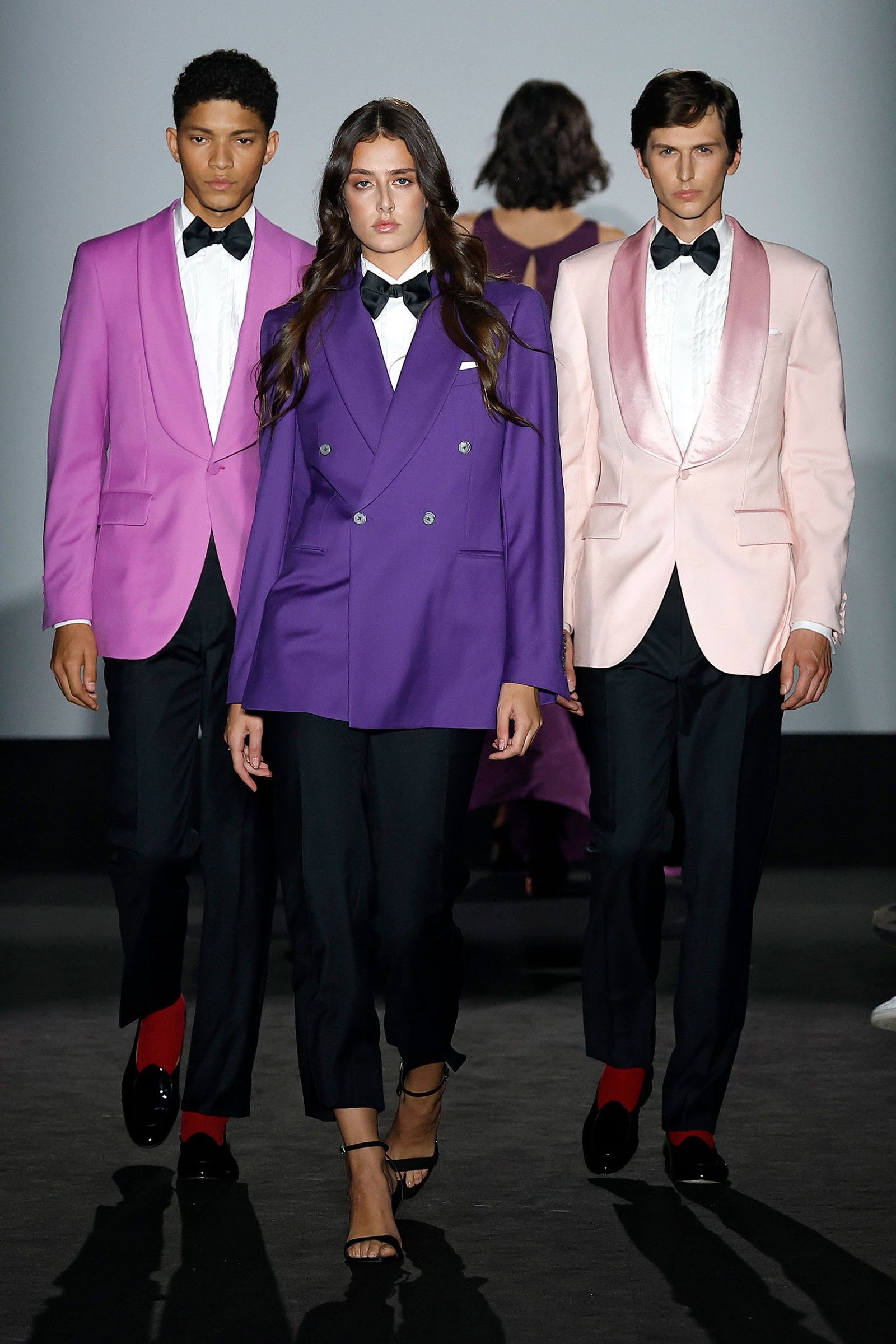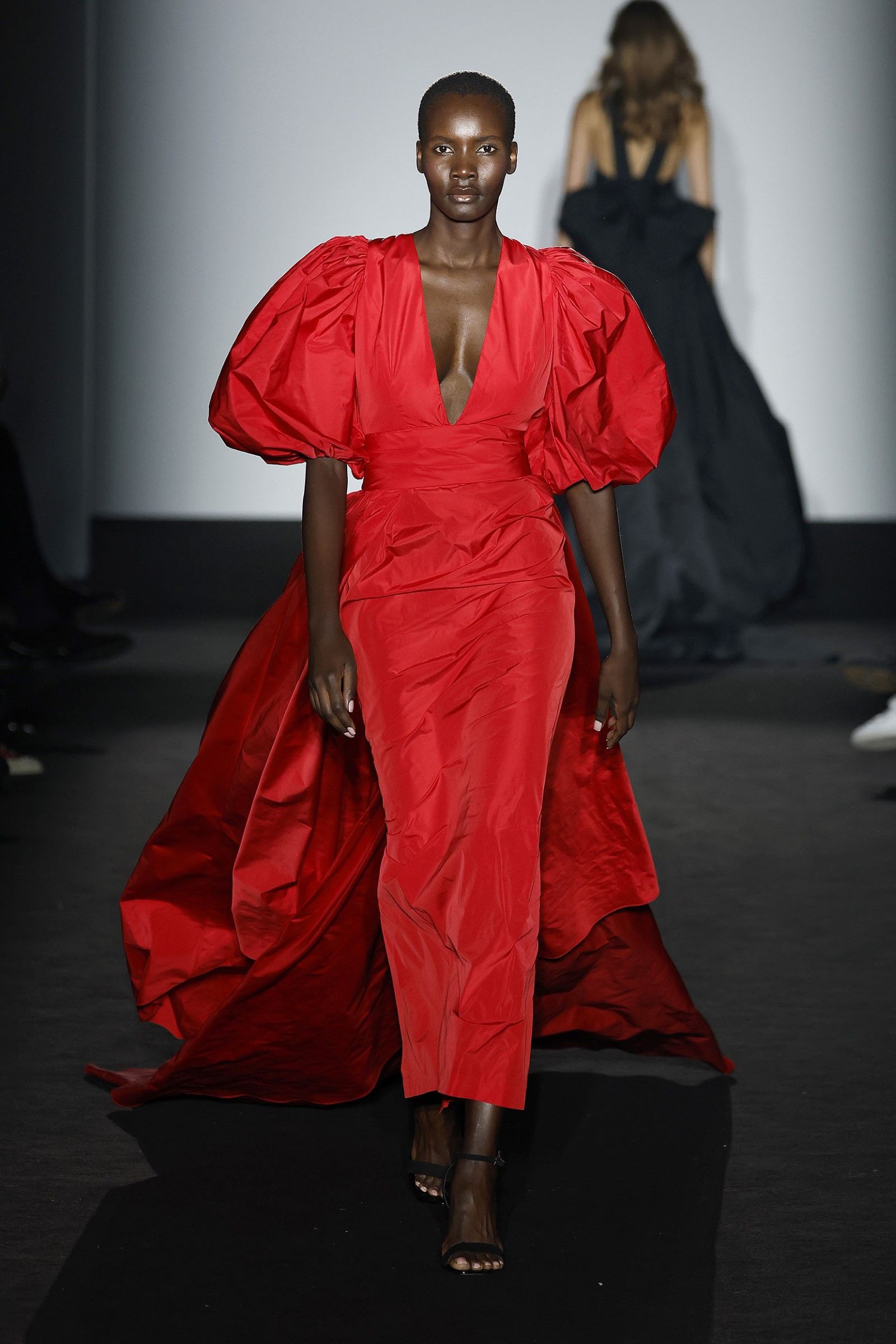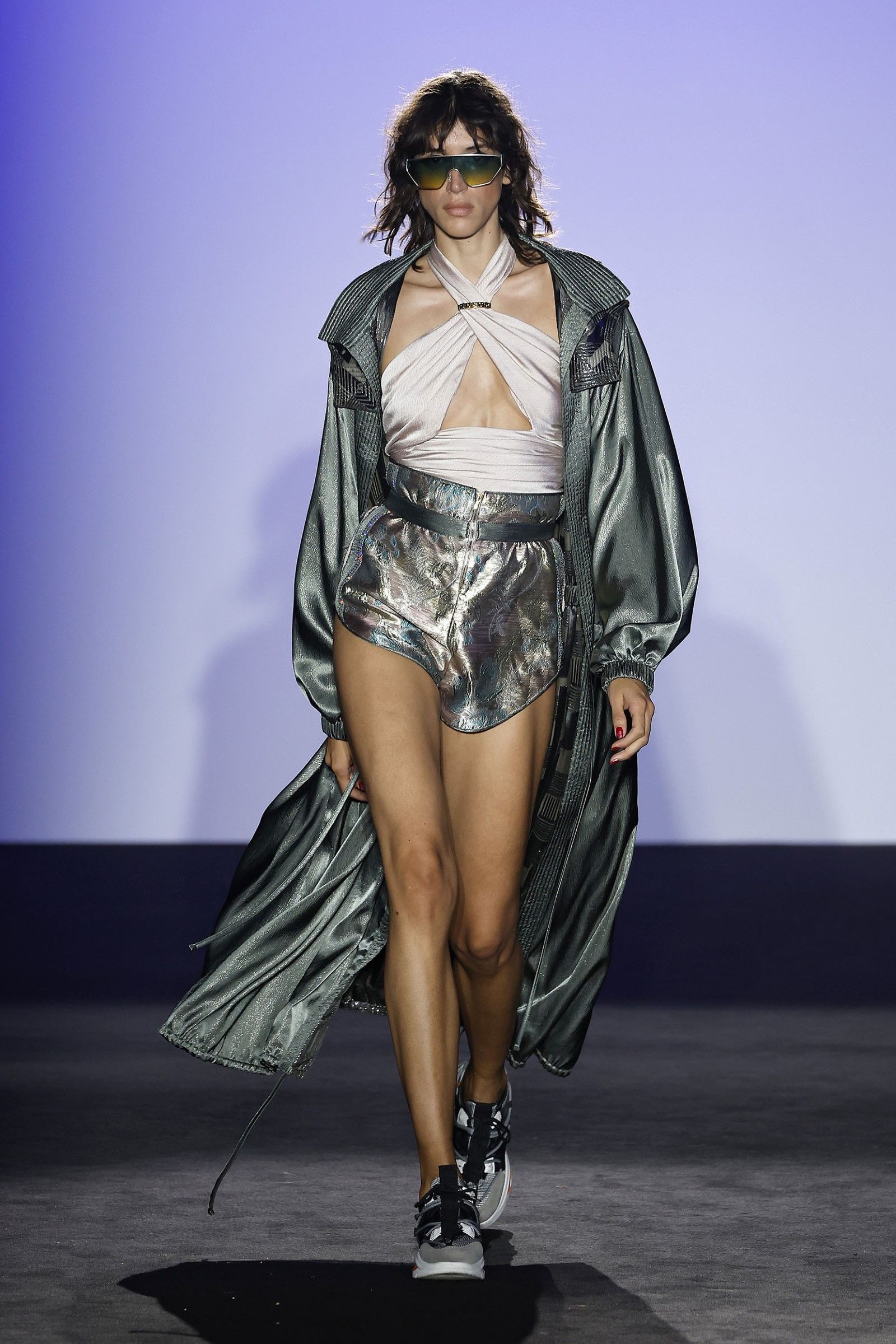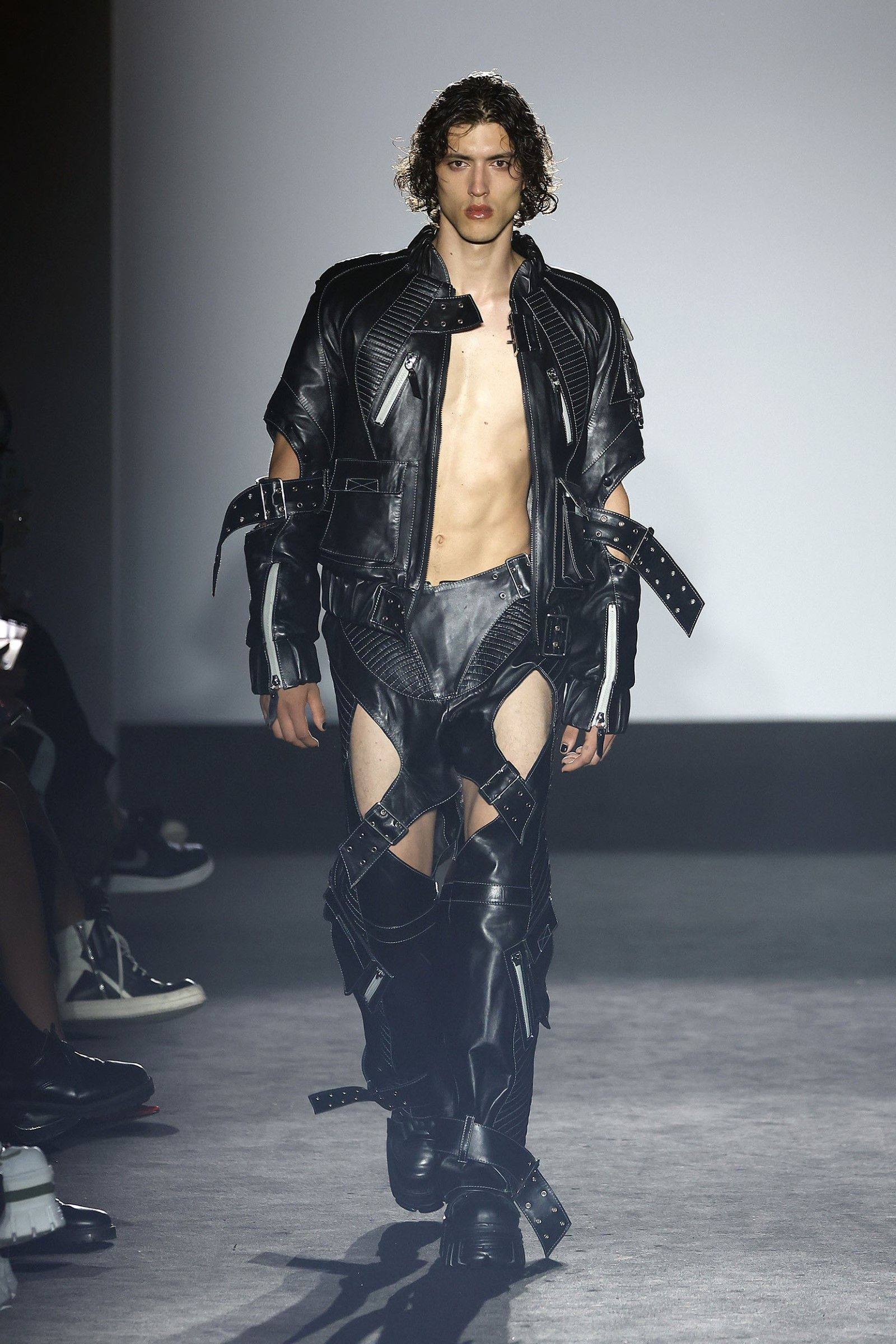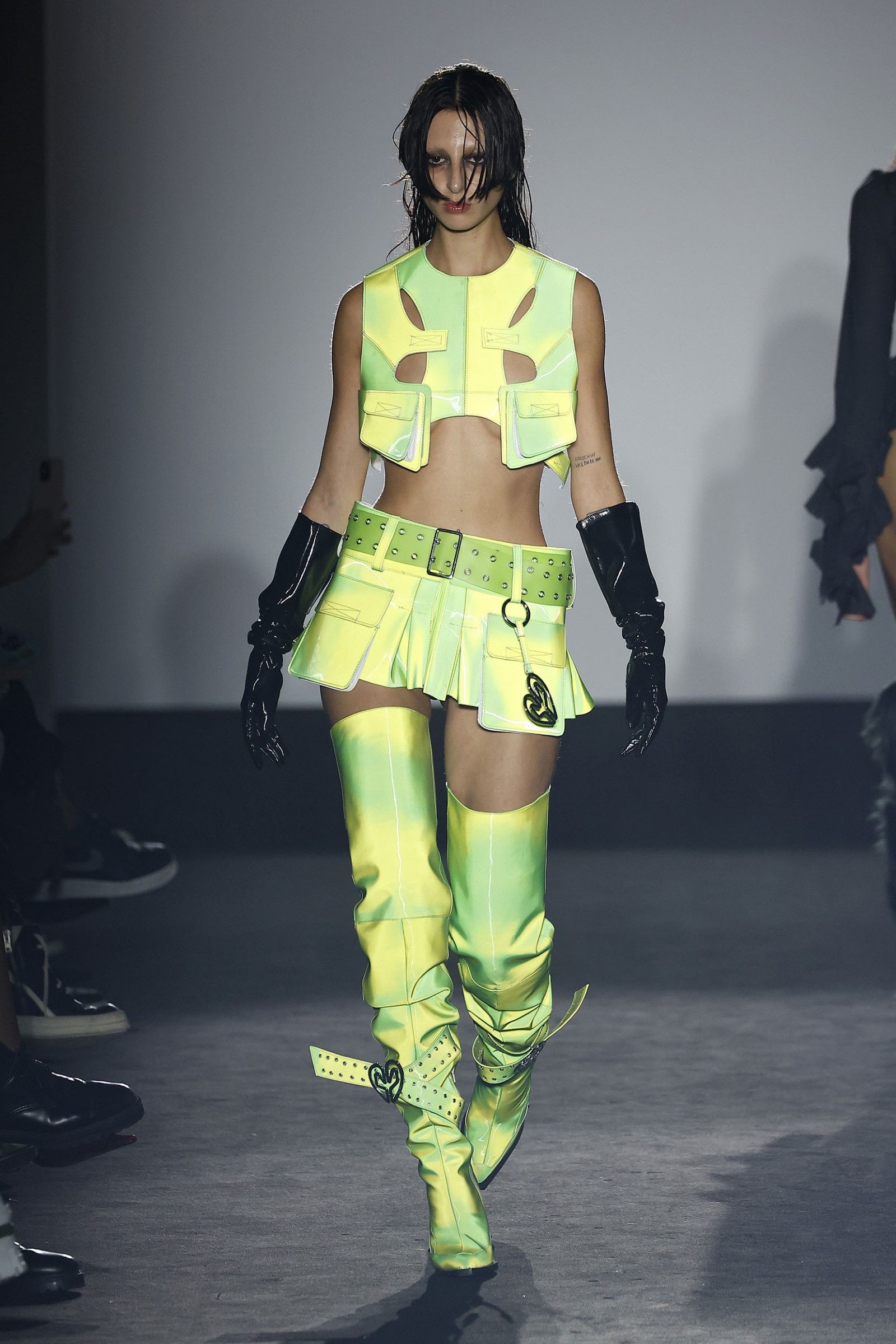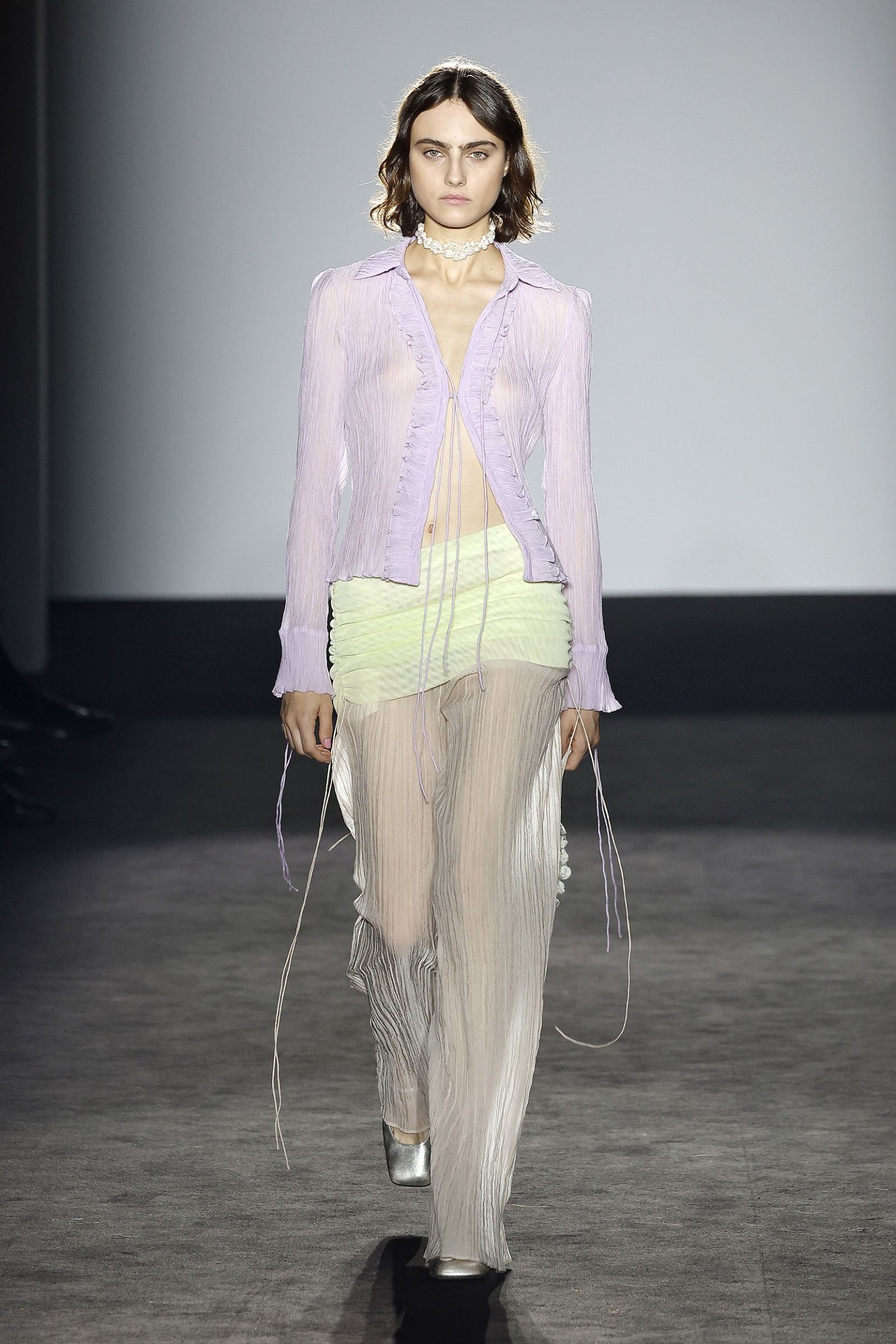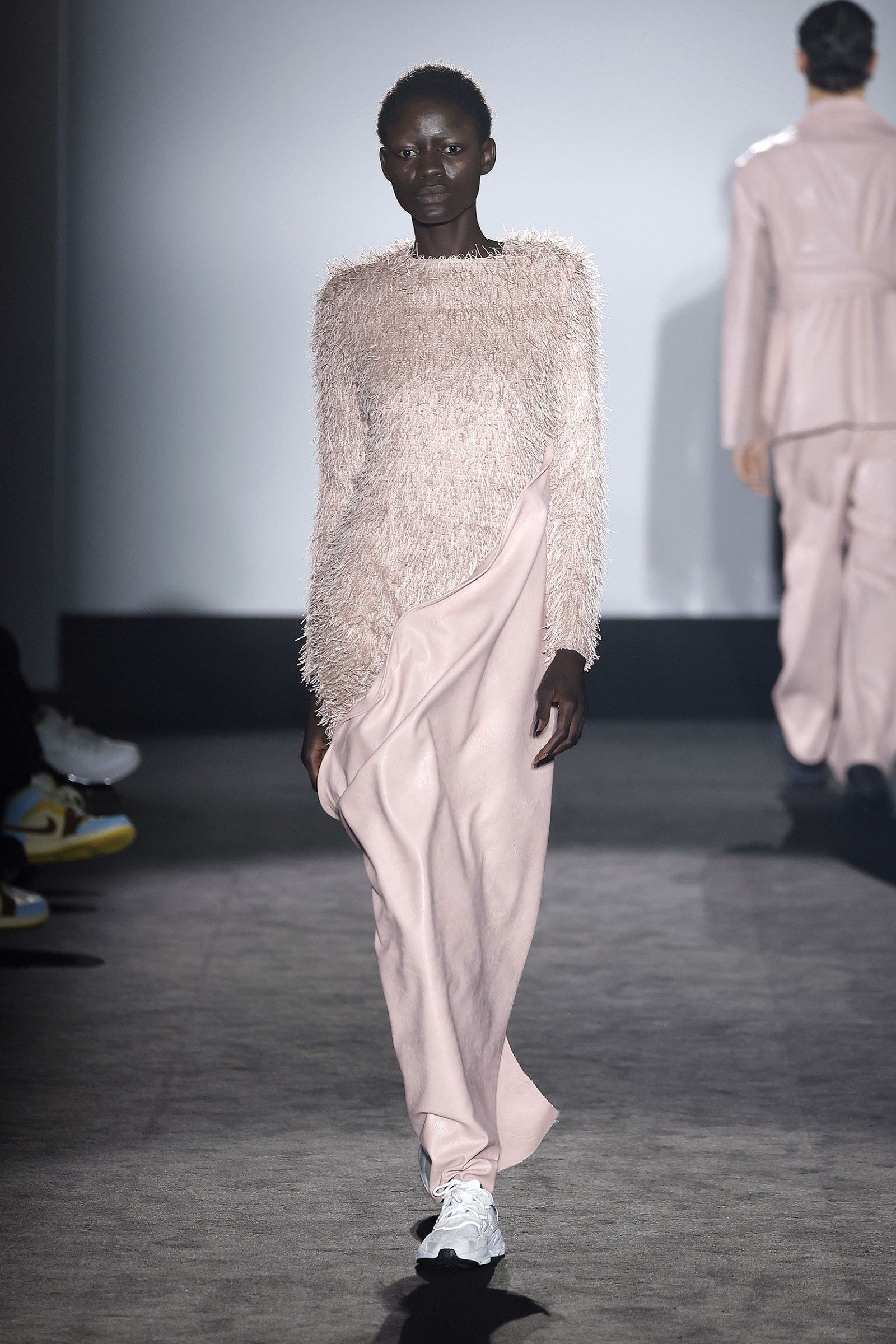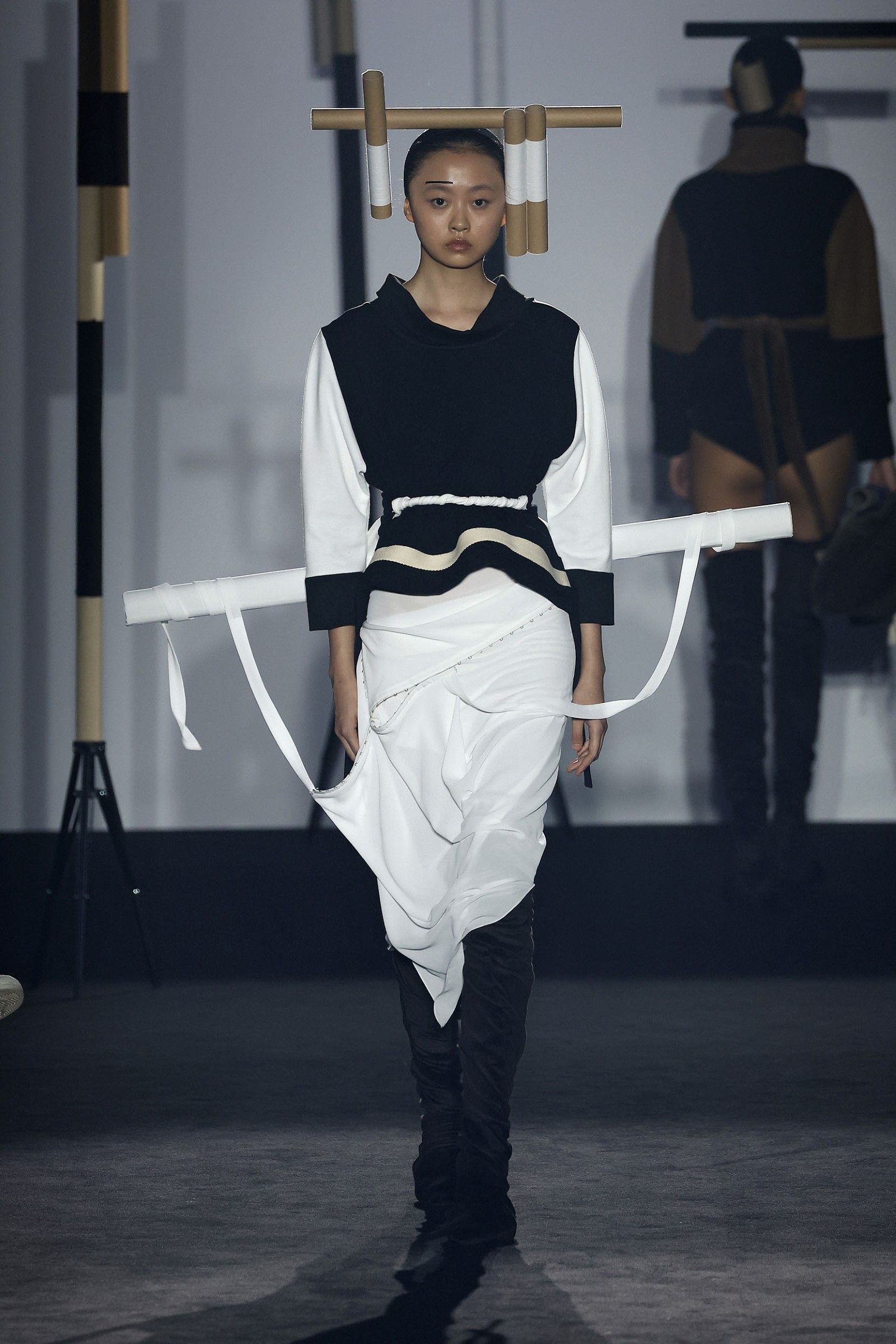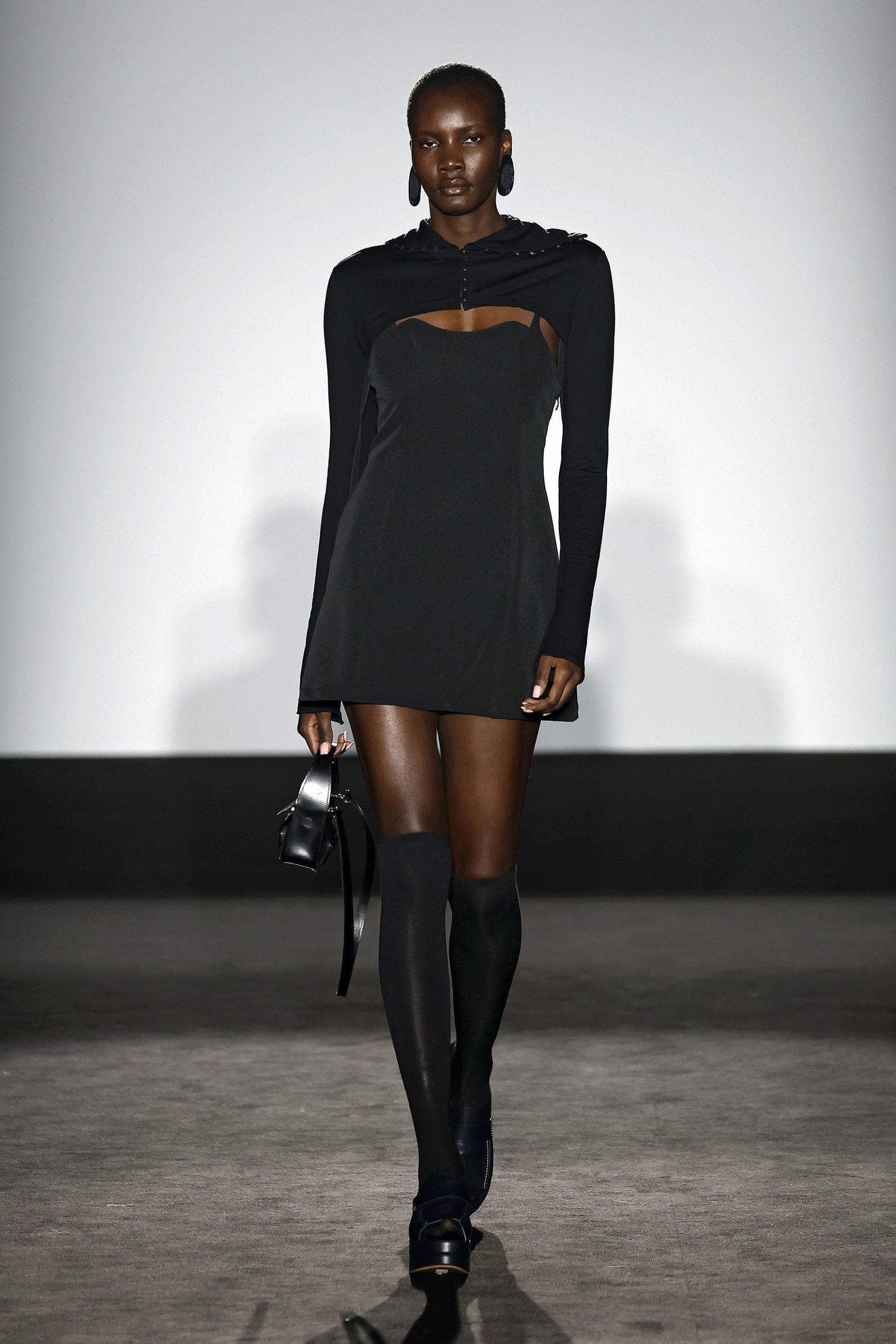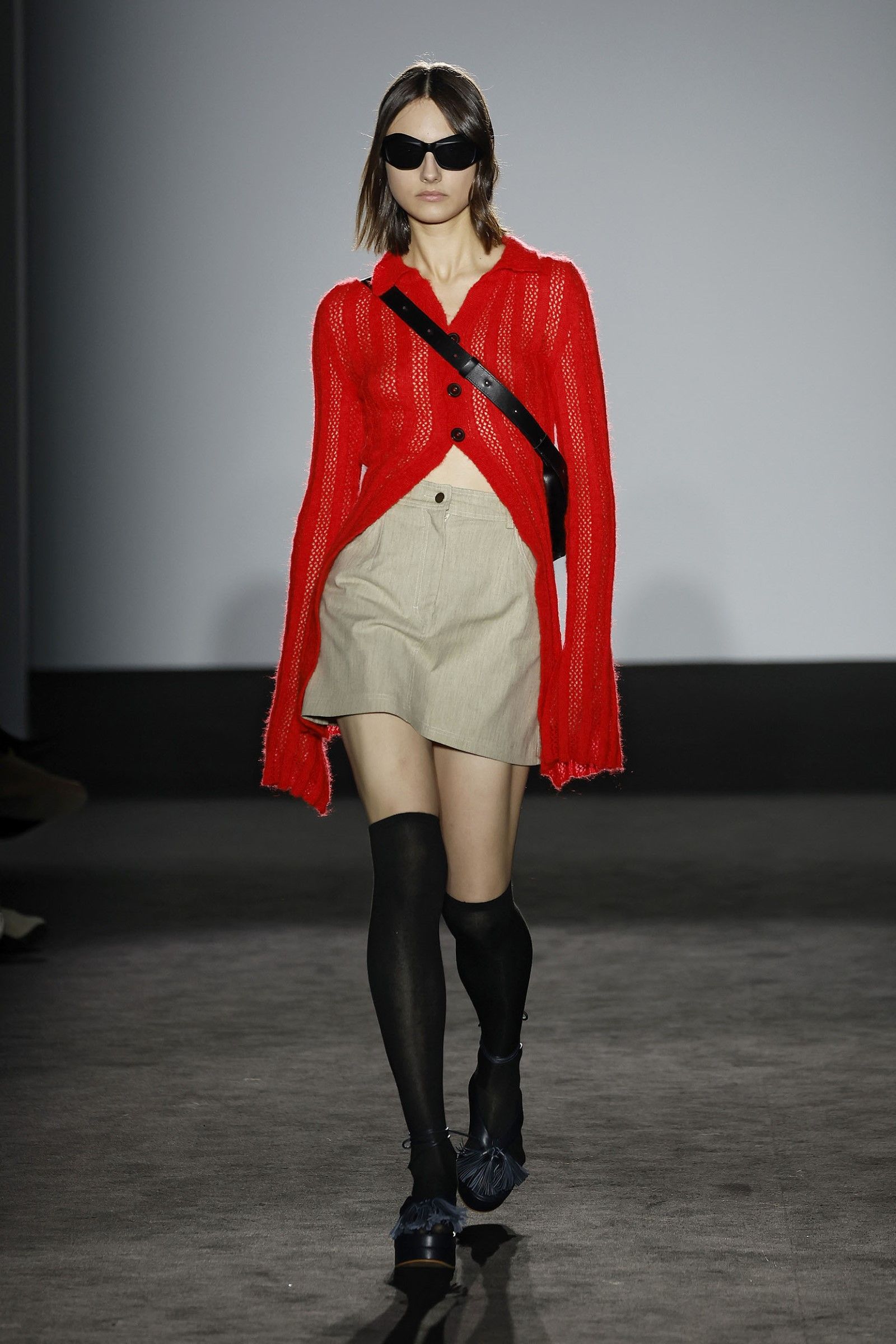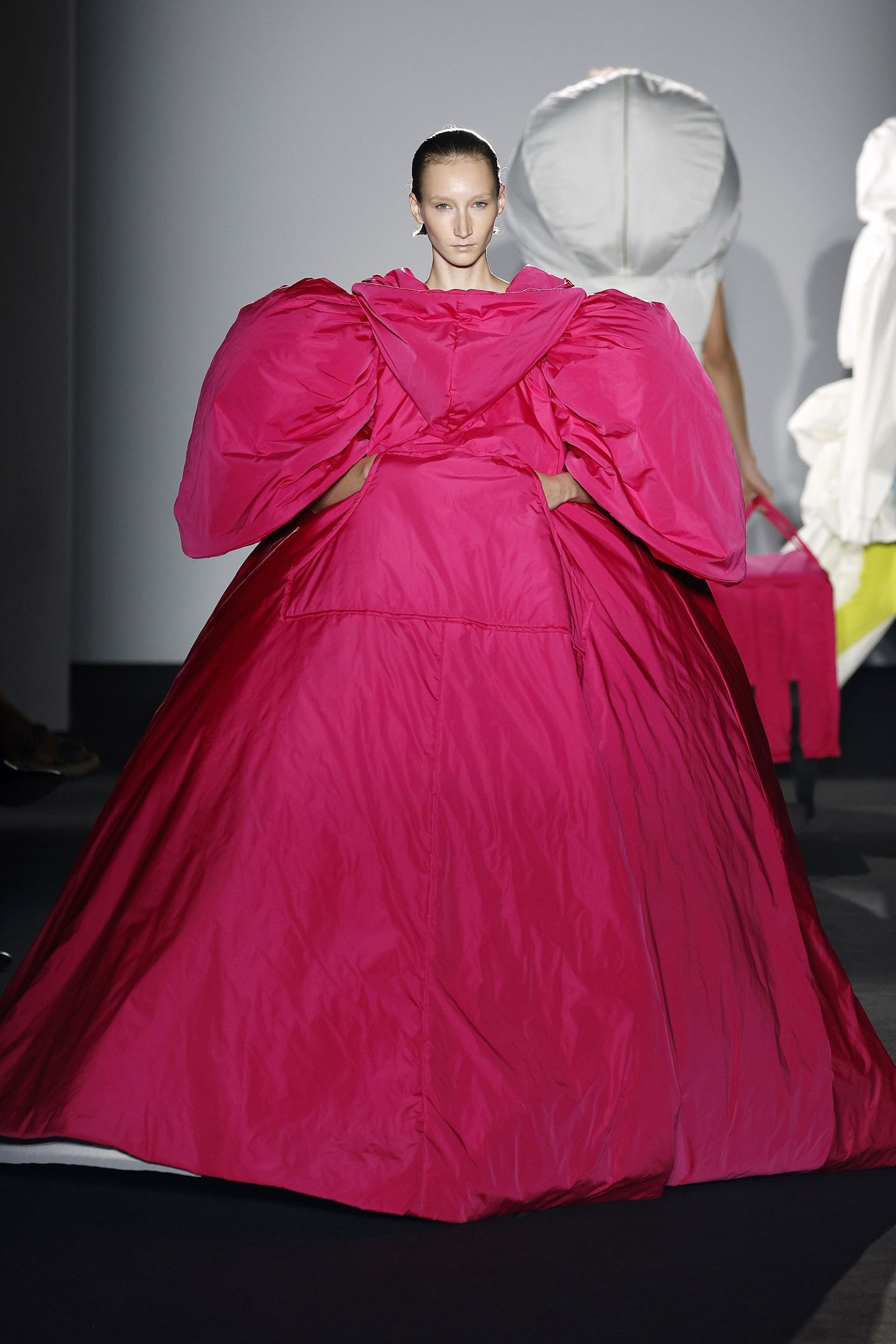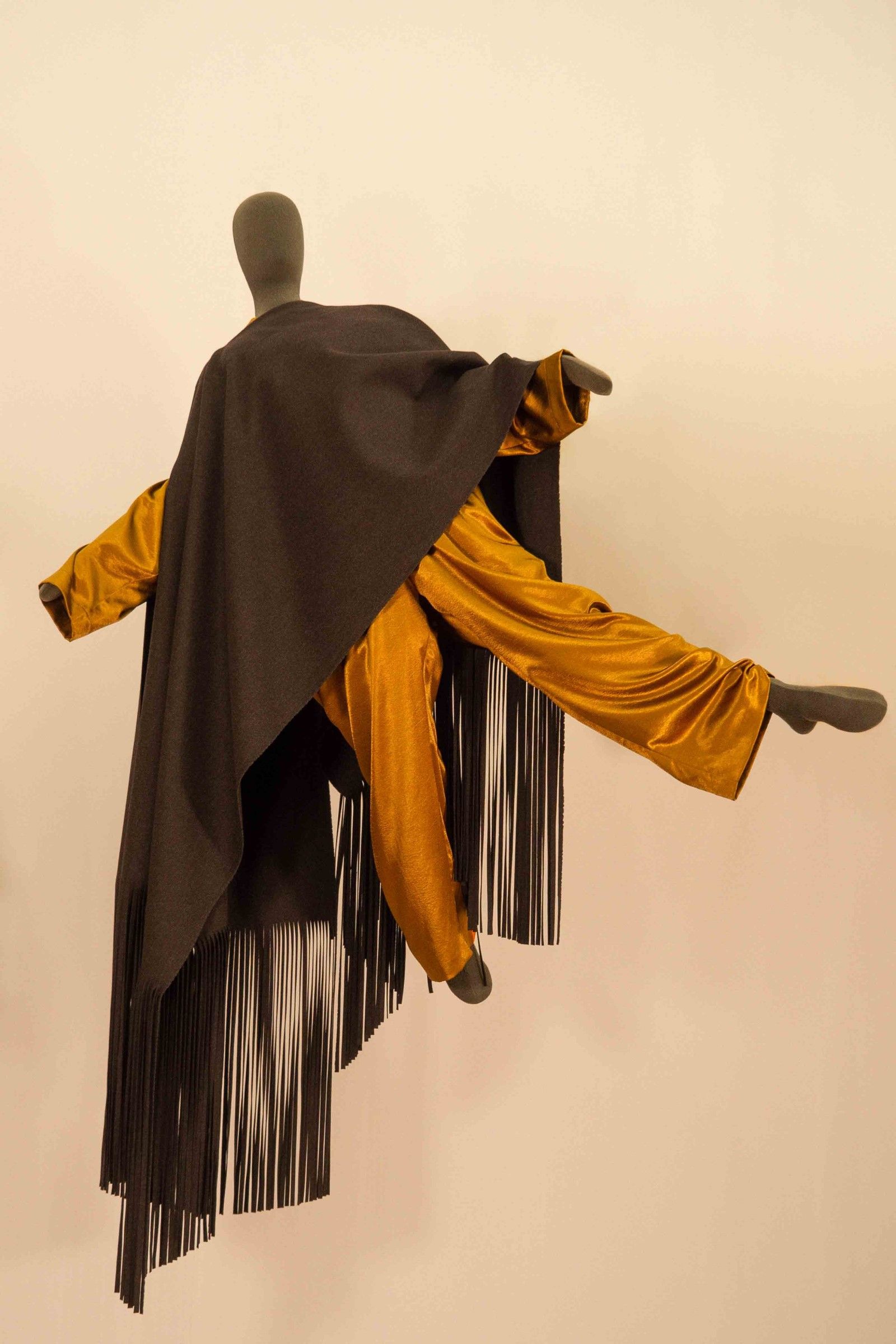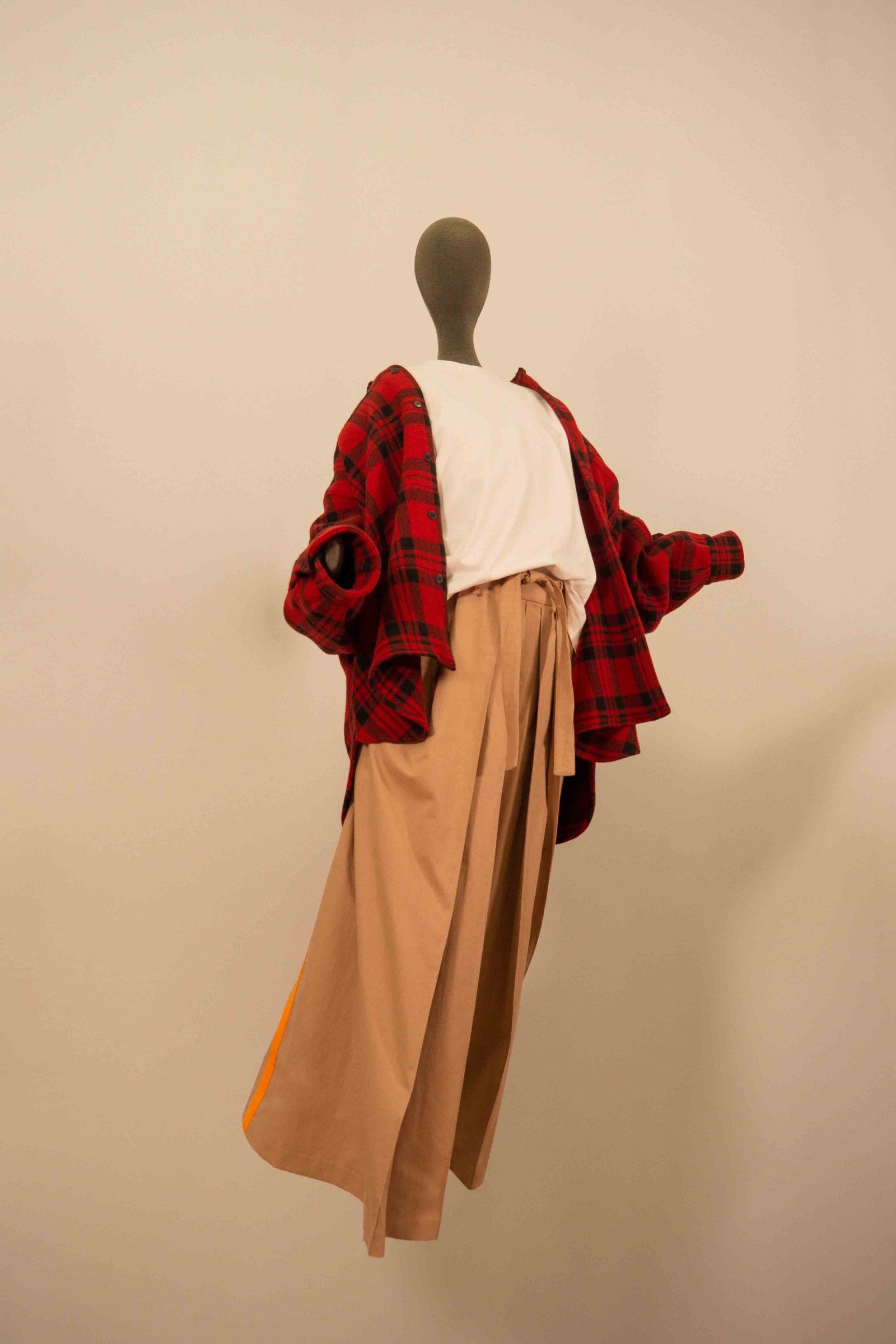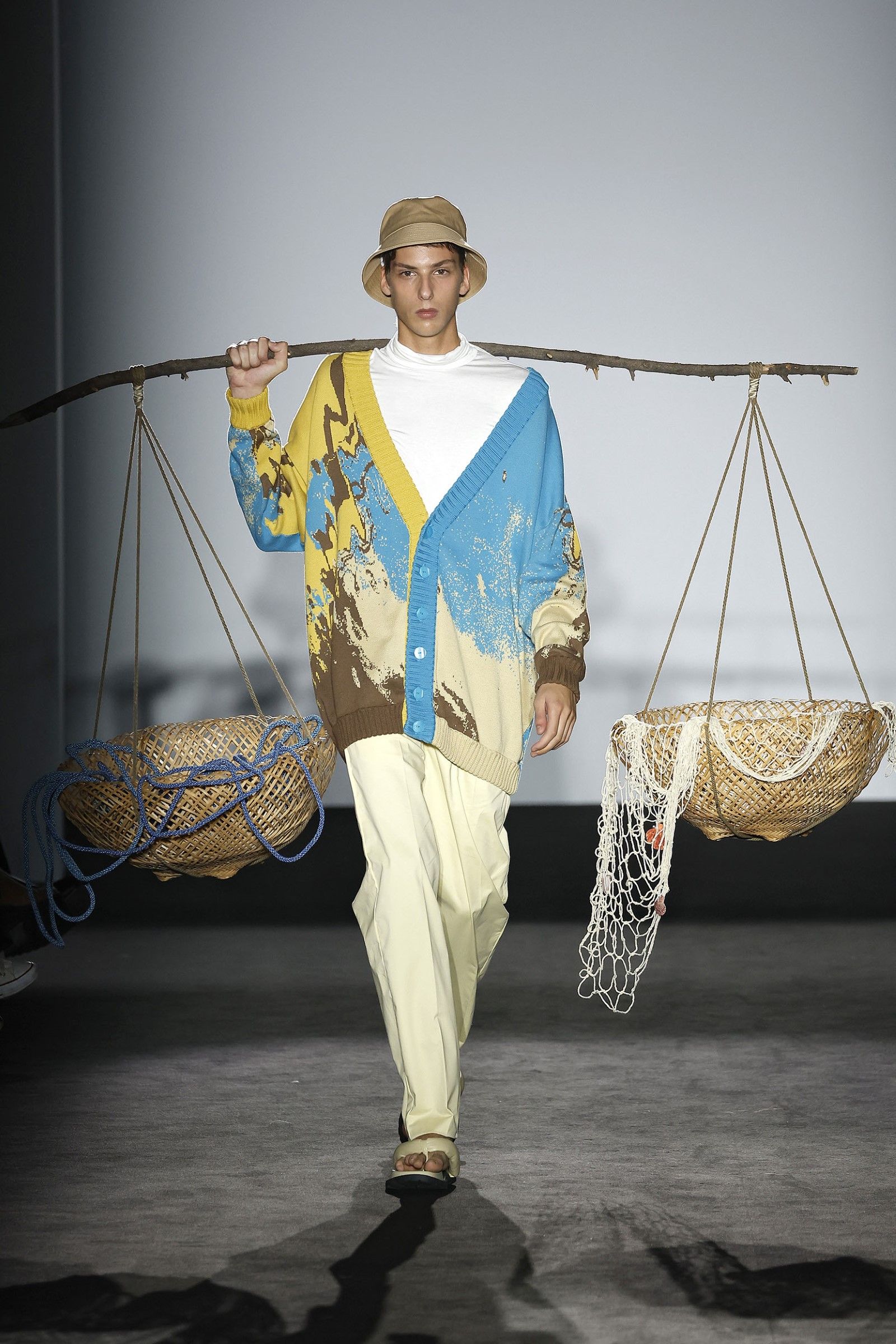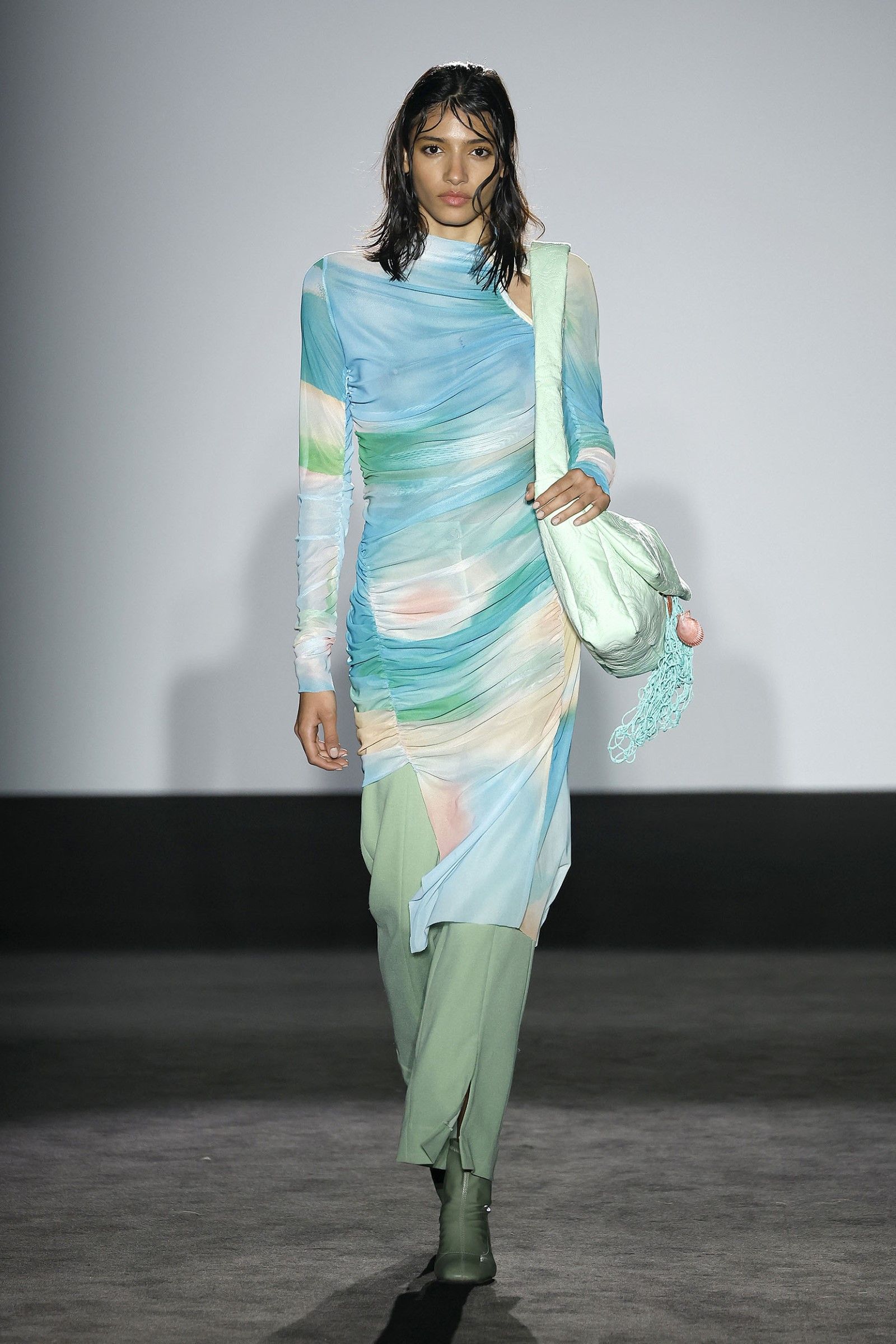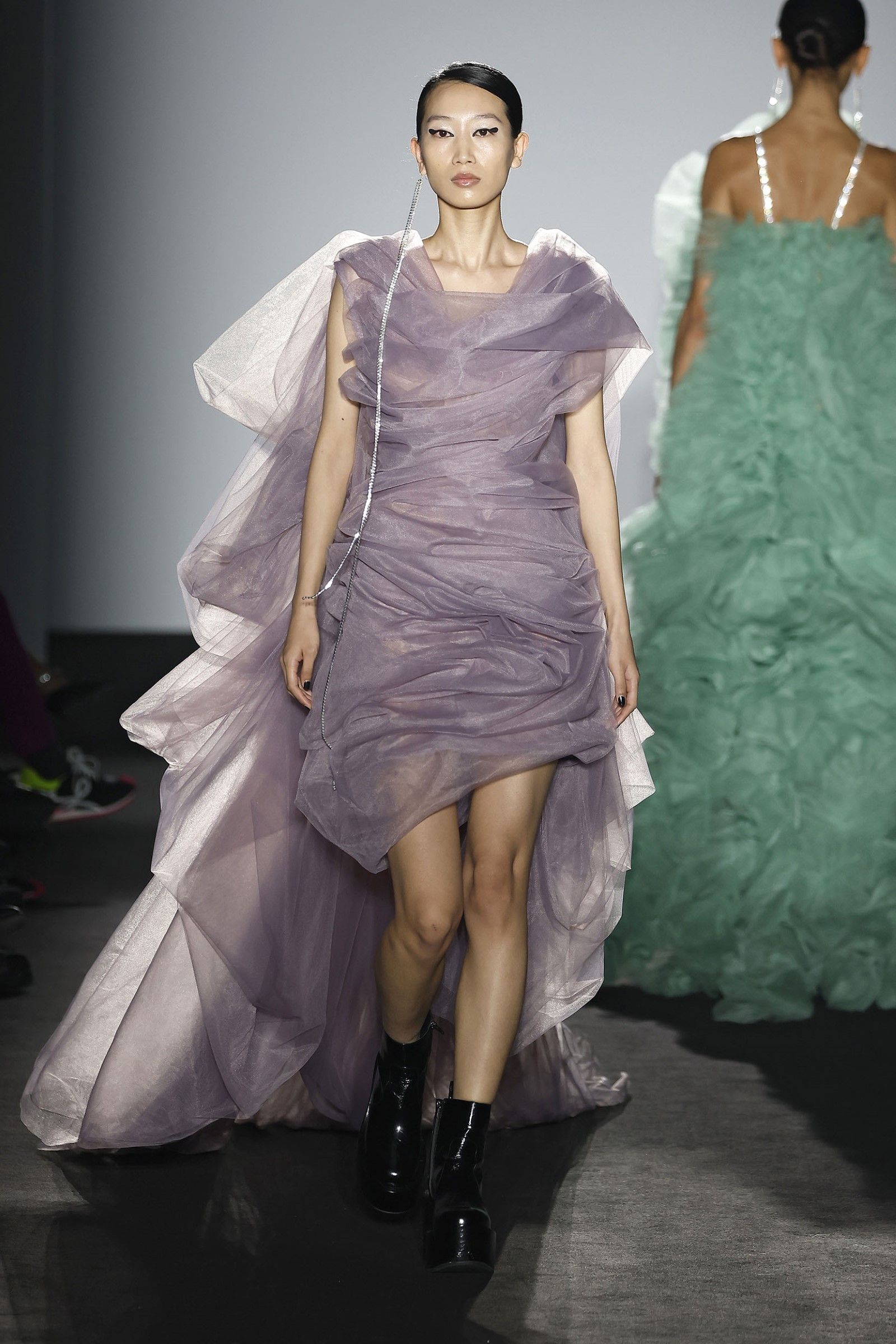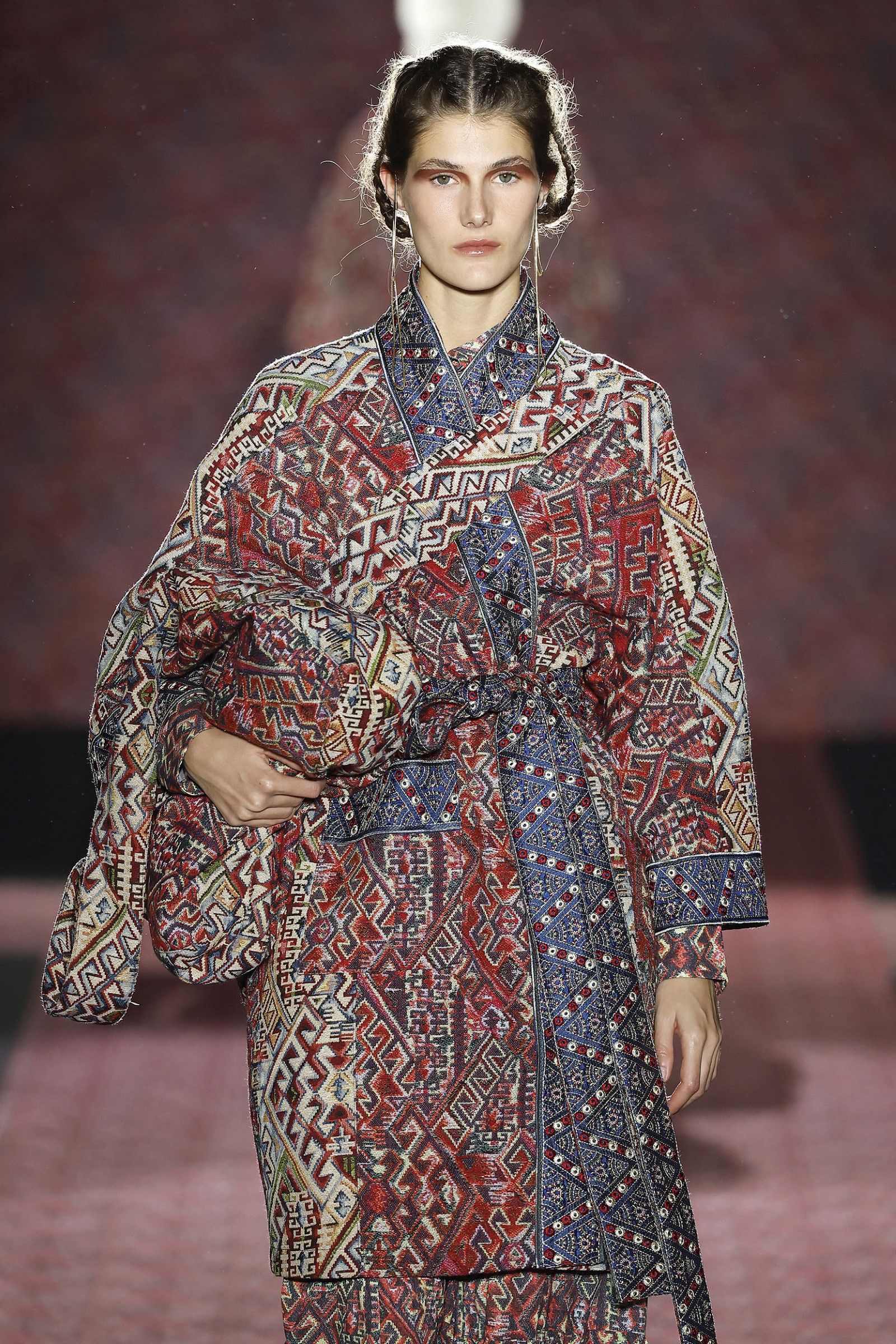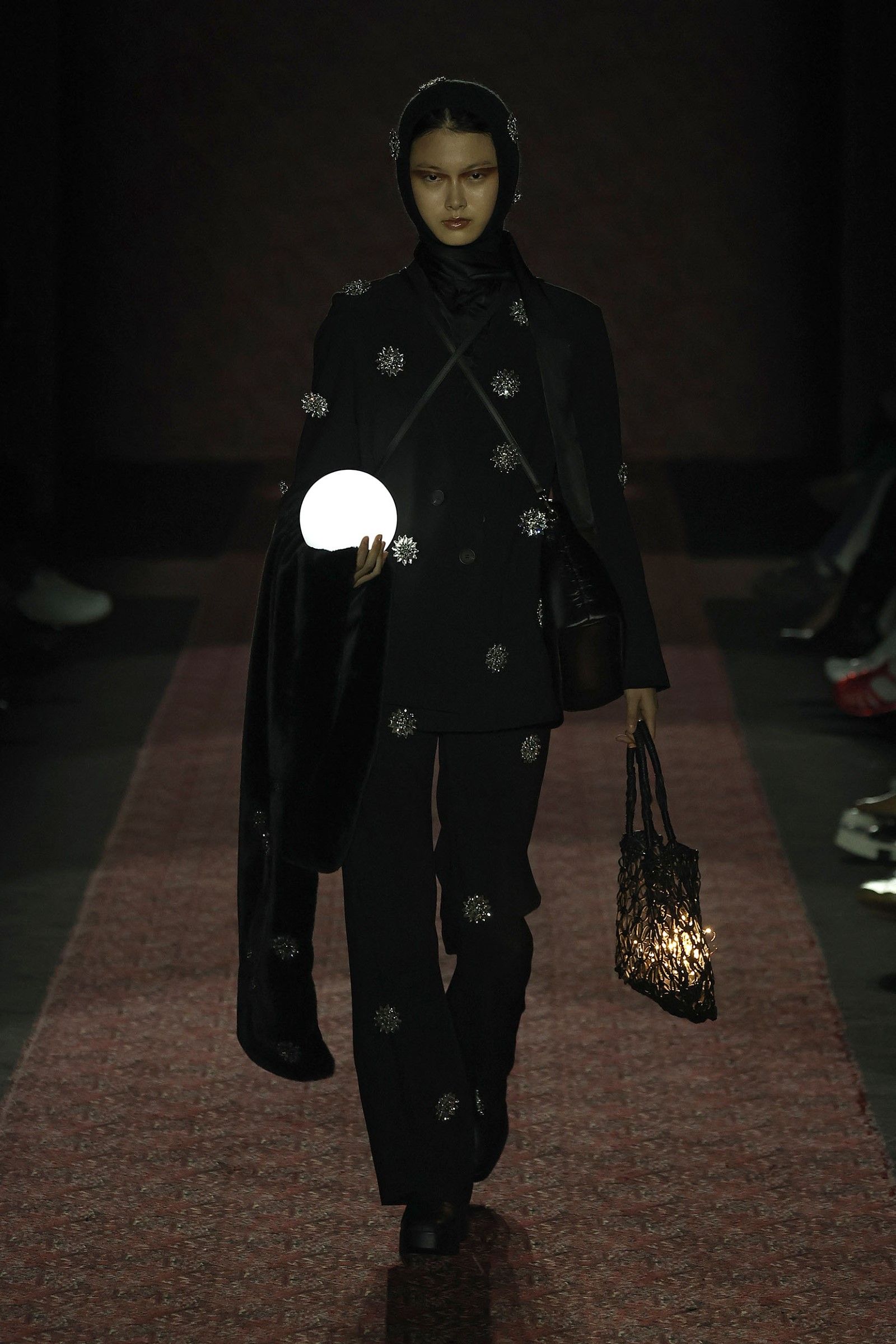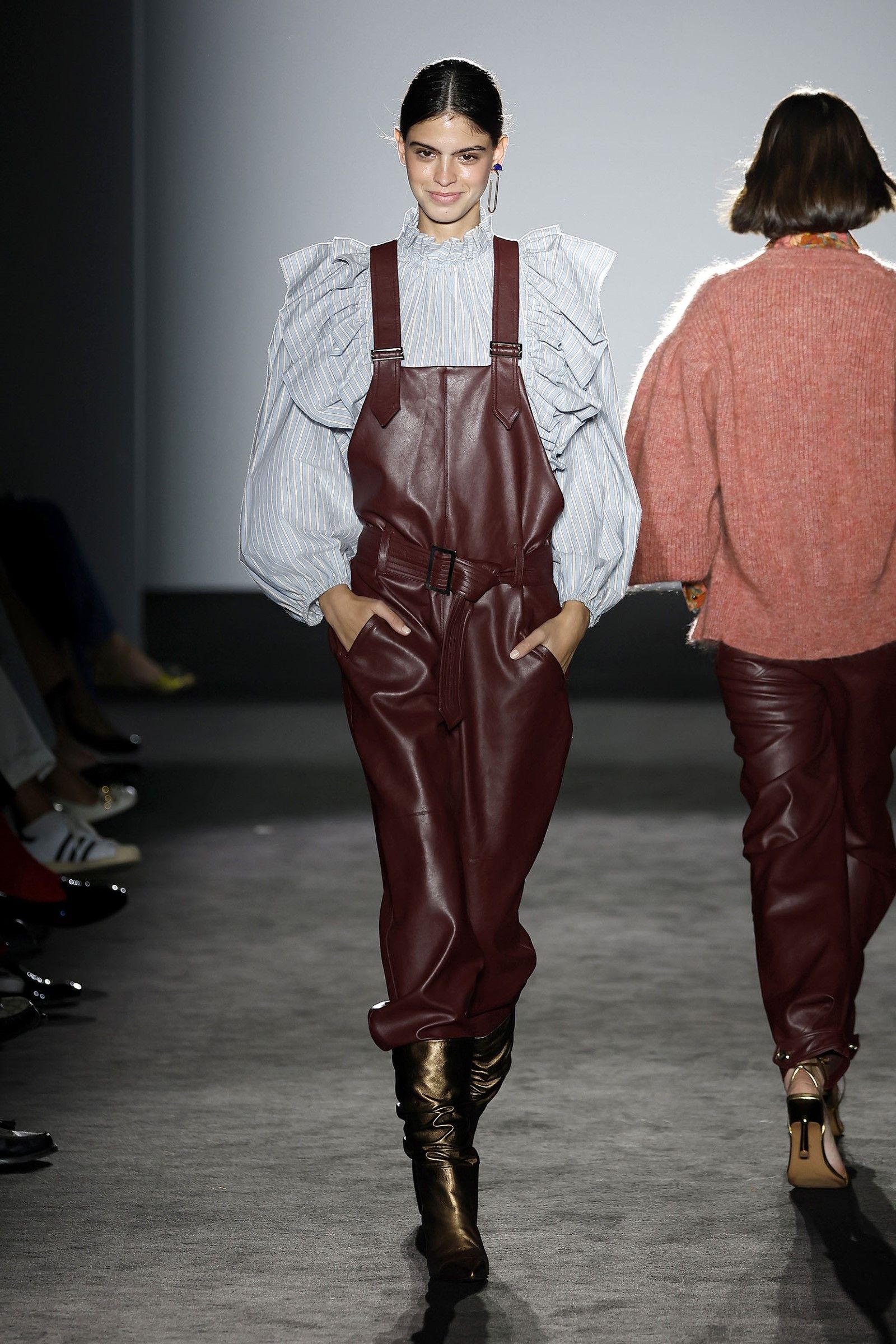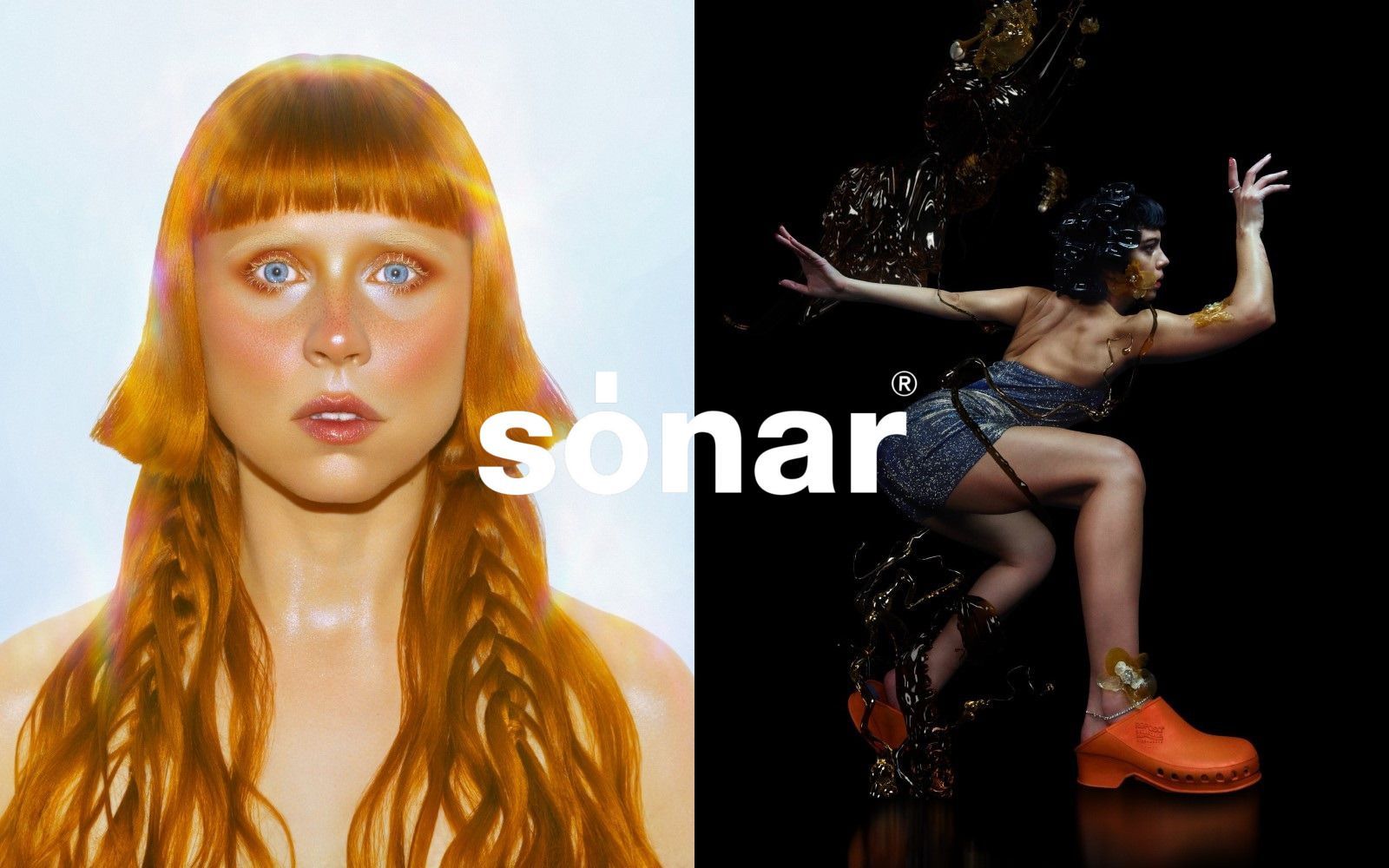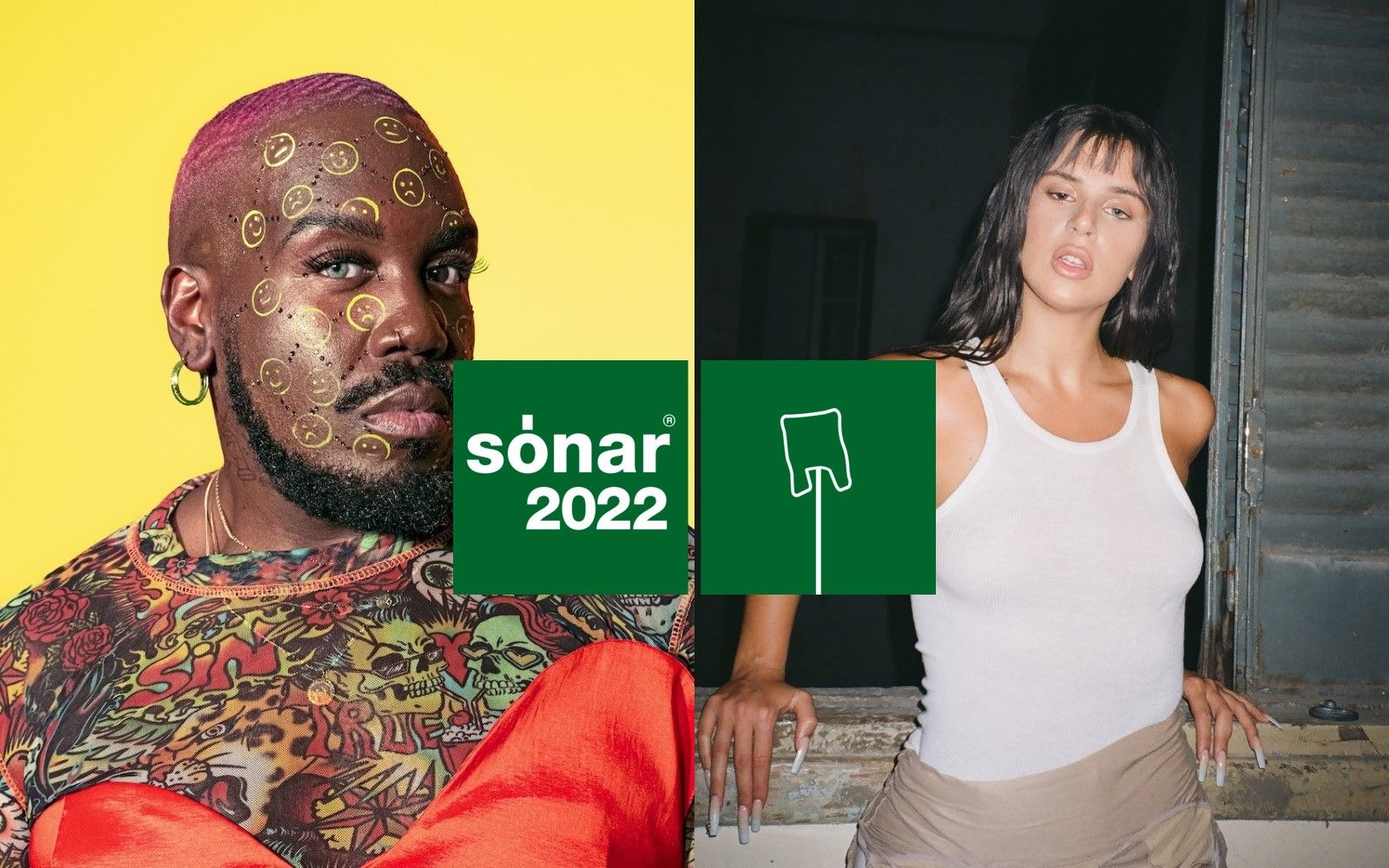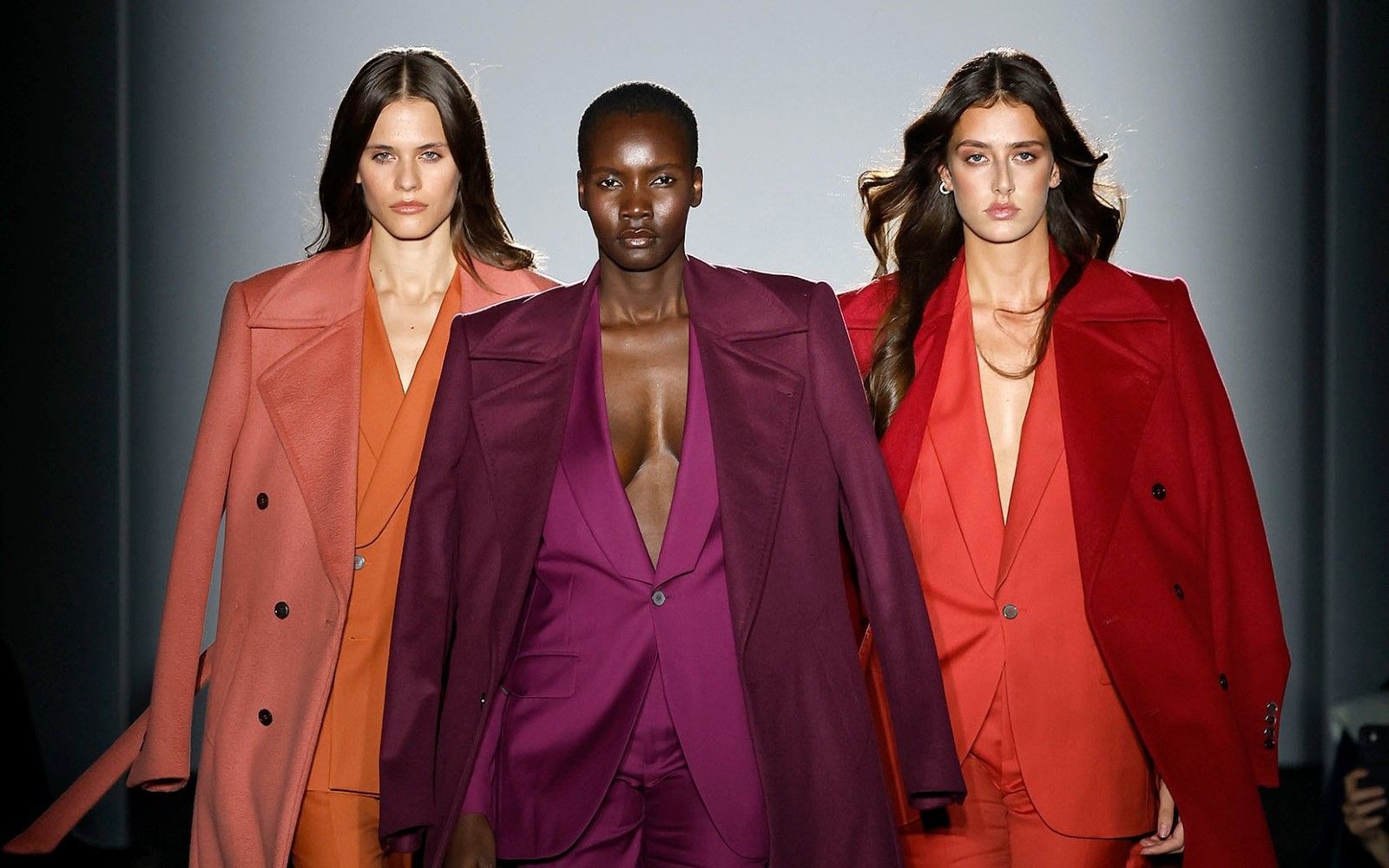
The multiverse of Catalan fashion at 080 Barcelona Fashion Week Three days of full immersion in the Recinte Modernista de Sant Pau
If the brands showing in Milan and Paris, with their pharaonic productions and global audiences, are metaphorically the Marvel Studios of fashion, the rest of European fashion weeks could be compared to the world of indie cinema: smaller in scale, presented to an audience of aficionados, but above all far removed from the industrialized grandeur of the big brand fashion shows, which over time have become gargantuan PR machines, local fashion weeks tell of a more approachable and slower fashion, made up of cooperation, hard work, and an immediacy that is hard to find in the articulated assembly lines into which today's big brands have transmuted. The most recent of these was 080 Barcelona Fashion Week, whose programming took place last week inside the Recinte Modernista de Sant Pau, a spectacular architectural complex that mixes Gothic and art noveau, made up of ceramic-covered spires, balconies decorated with dragons and Madonnas, and gold mosaics. Everything was really seen during the days of the program: from the grand shows of Dominnico and Avellaneda; to the creations of independent brands such as Eiko Ai, Habey Club or Martìn Across; to the fashion shows centered on beachwear by Gullermina Baeza, those focused only on evening gowns such as Reveligion, passing through the 080 Reborn collection created by Firmin + Gilles using only vintage clothes or the early 2000s collection-amarcord of Custo Barcelona, which organized a sister show to the one seen at last New York Fashion Week.
Judging such different brands by the same yardstick (and there are others beyond those mentioned) and comparing the fashion week as a whole to those of the big fashion metropolises does not do much good. Barcelona's is an independent scene, a smaller ecosystem perhaps but one where designers communicate more closely with their teams and audiences and where the presentations themselves are more spontaneous, less filtered by PR and sales teams, the result of a very organic and direct approach between all the different parties involved. A brand like The Label Edition, for example, focuses on timeless, elegant, everyday pieces with flickers of mischief in the form of the leather bottoms - nothing like the far more experimental Larhha, whose appeal can be found in creative director Miguel Marin's concept and vision, with all its fun references to the 1960s, which perhaps a higher budget could make even better. The same could be said of brands such as EÑAUT or Simorra, both of which are gifted with language and inventiveness (in EÑAUT's case we could talk about the torn sleeves that become like stoles, the mixed-texture dresses, the brutalist leather chaps; in Simorra's of the leather strap with carabiner that holds the jacket, transforming it into a new element of the look) but certainly deserving of being elevated with façonnes and craftmanship more befitting the luxury dimension. It's all part of the appeal of indie fashion: what matters is the inventiveness, the intuition but above all the sincerity of these works that are really the result of hands-on work that, in high-budget fashion, doesn't even exist anymore: it's the front line of fashion, the one where the passion for design is most tangible, where everything, in the end, looks more real but also rich in inventiveness, free of compromise, endowed with a variety and even randomness that much of mainstream fashion no longer has.
Among the most eccentric highlights of the programming, and we use the word eccentric in the etymological sense of "off-center from the rest," is the wonderful design project of LR3 Louis Rubi who presented to the public his own collection of one-size-fits-all clothes, completely adjustable to anyone's body, through a virtual reality experience that was followed immediately by the physical presentation of the clothes on mannequins suspended in mid-air whose own forms mimicked the most diverse body types. The experience is exportable and, as Louis Rubi himself said, will become itinerant across the world, from Japan to Milan, effectively bringing a truly innovative concept within an industry attached to its own commerciality like a respirator. It is precisely this project that is the most expressive of an entire event that demonstrates more and more how European fashion communities are detaching themselves from the cultural hegemony of Milan, London, New York and Paris by acquiring their own voice that is becoming more confident and strong as time goes on, and that shows how the name "fashion industry" hides within it not one but multiple realities-a multiverse that is emerging more and more into the sunlight.










































